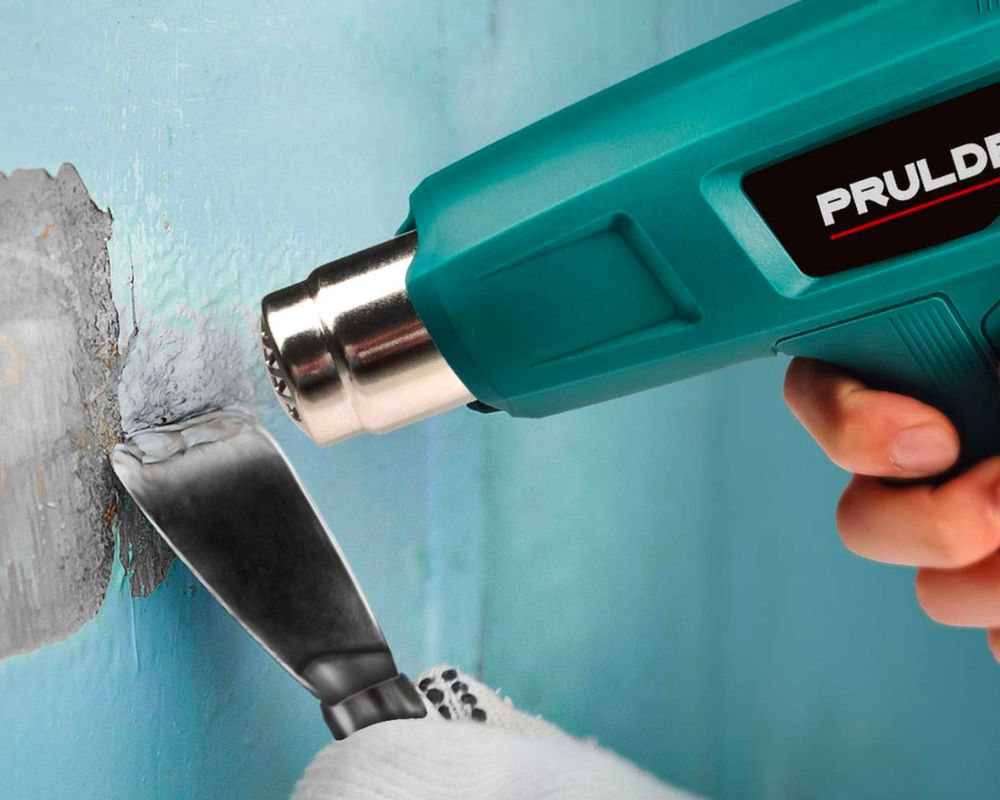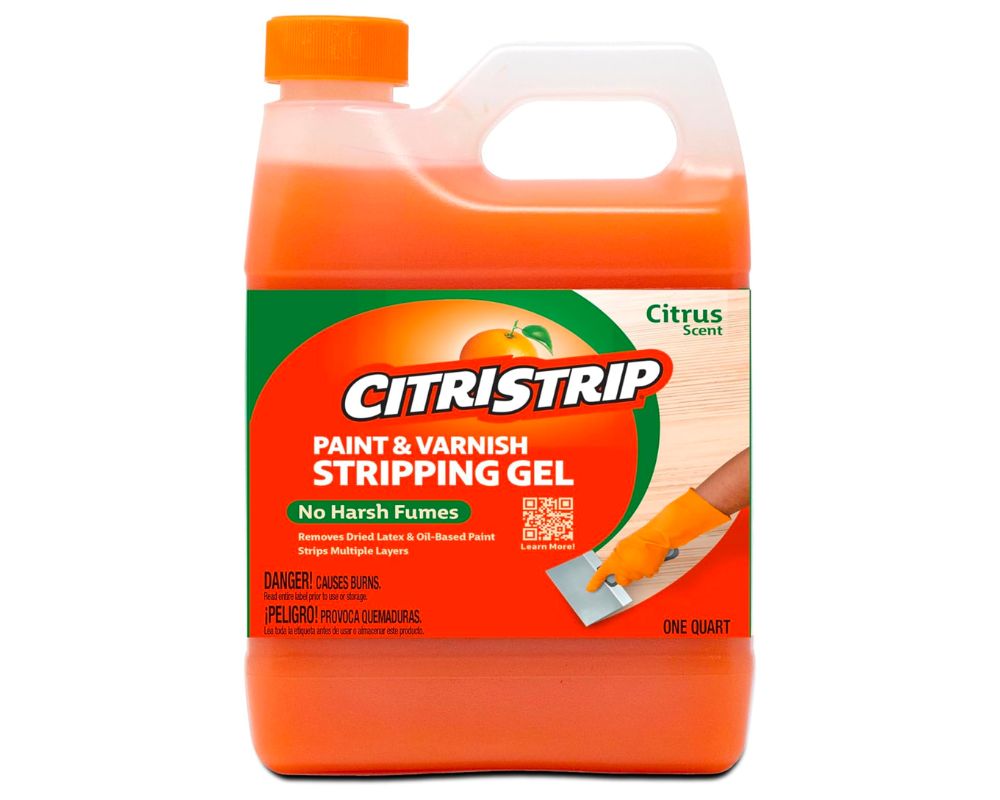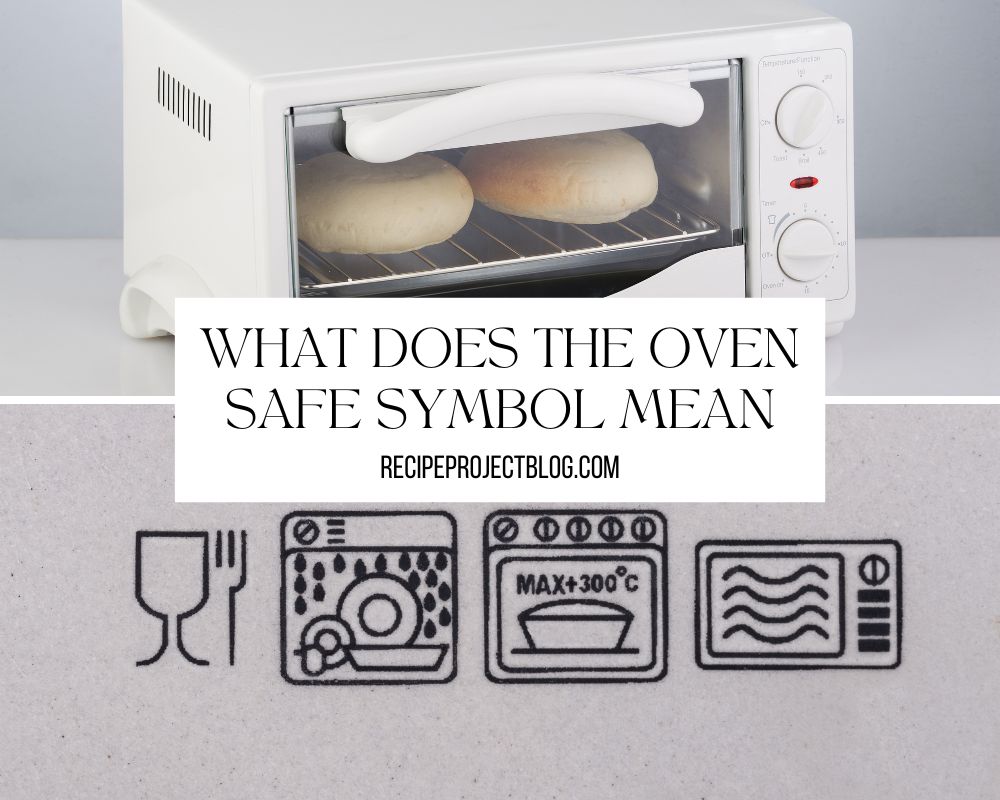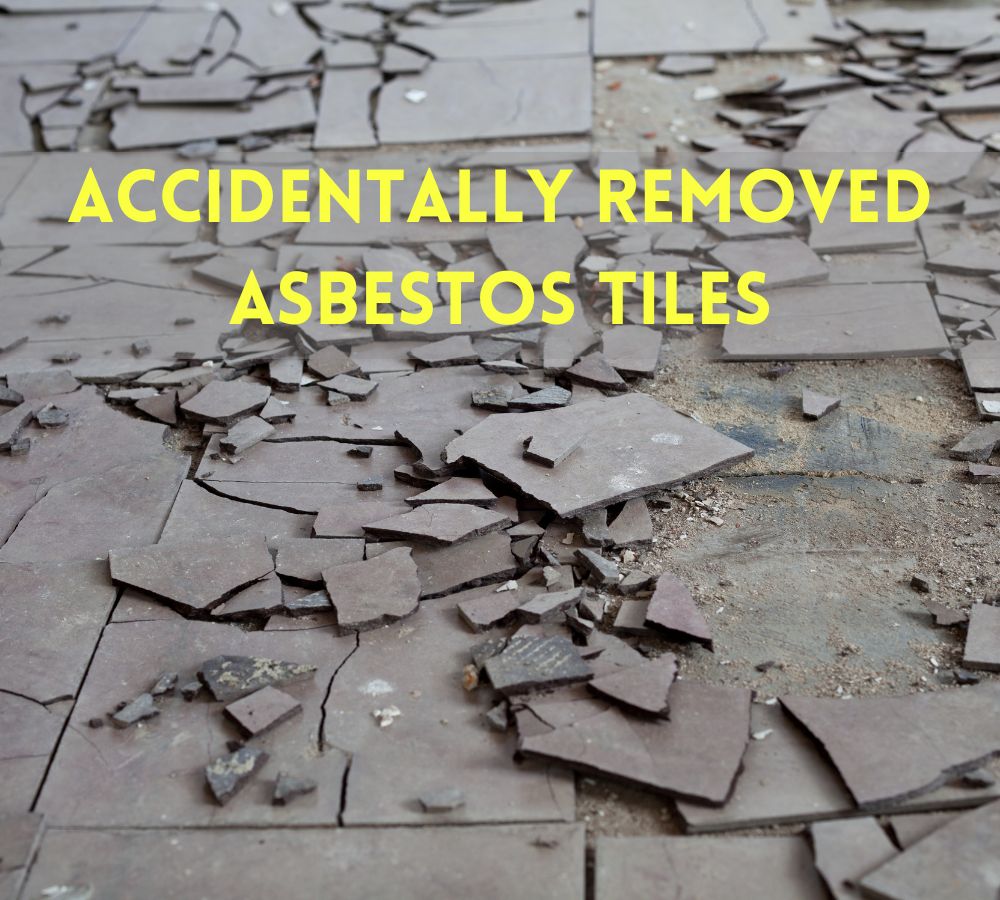Heat Gun vs Chemical Paint Remover: Best Choice 2024?
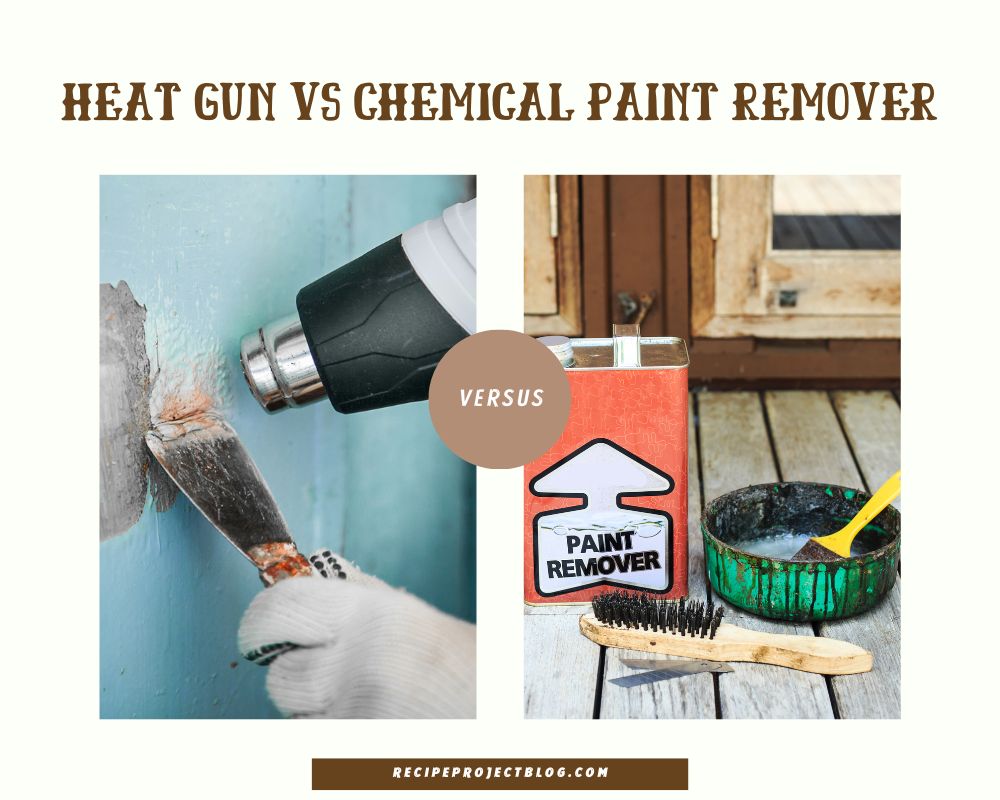
Heat gun vs chemical paint remover. You can choose between using a heat gun or a chemical paint remover when removing paint. But which method is better for your specific needs? This article will compare the effectiveness, safety concerns, versatility, and cost-benefit analysis of heat guns and chemical paint removers. By understanding the pros and cons of each method, you can make an informed decision for your paint removal project.
Table of Contents
Understanding the Basics: Heat Gun vs Chemical Paint Remover
To make an informed choice between a heat gun and a chemical paint remover, it is essential to understand how each method works. Let’s take a closer look at the basics of both approaches.
Heat Guns:
A heat gun is a versatile tool that uses hot air to soften paint, making it easier to remove. It works by emitting a stream of hot air at a high temperature, which heats the paint and causes it to bubble or blister. Once the paint is softened, it can be scraped away using a scraper or other suitable tools.
Chemical Paint Removers:
Chemical paint removers, or paint strippers, rely on chemical compounds to dissolve or break down the paint layers. These products typically contain solvents, such as methylene chloride or N-Methyl-2-pyrrolidone (NMP), that penetrate the paint and weaken its adhesion to the surface. Once the paint has been loosened, it can be easily removed by scraping or rinsing.
While heat guns and chemical paint removers achieve the same result of removing paint, their methods of operation differ significantly. Heat guns use heat to soften the paint, while chemical paint removers rely on chemical reactions to break down the paint layers. The choice between the two methods ultimately depends on factors such as the type of paint, the surface being treated, and personal preference.
Comparing Effectiveness: Heat Gun or Chemical Paint Removal Method
To determine the most effective paint removal method for your project, comparing heat guns and chemical paint removers is important. Both methods have advantages and considerations, and understanding their effectiveness will help you make an informed decision.
1. How Heat Guns Work in Removing Paint
Heat guns are powerful tools that use high heat levels and controlled airflow to soften and loosen paint layers. The heat gun directs hot air onto the painted surface, causing the paint to expand and bubble. This makes it easier to scrape off using a paint scraper or putty knife. The heat gun is particularly effective at removing stubborn or multiple layers of paint, as the high temperature breaks down the adhesion between the paint and the substrate.
2. Chemical Paint Removers at a Glance
Chemical paint removers, on the other hand, are products that chemically dissolve or soften paint layers, making them easier to remove. They typically contain solvents that break down the binding agents in the paint, allowing it to be scraped away. Chemical paint removers are available in different forms, including liquid and gel formulations, each with its application methods and specific advantages.
3. Variables That Affect Removal Effectiveness
Several variables can affect the effectiveness of both heat guns and chemical paint removers:
- Type of Paint: Different types of paint, such as oil-based or latex, may respond differently to each method. Some paint may be more heat-resistant, while others may require a specific type of chemical paint remover.
- Surface Material: The material of the painted surface, such as wood, metal, or concrete, can affect the performance of both methods. Heat guns may not be suitable for delicate or heat-sensitive surfaces, while some chemical paint removers may not work effectively on certain materials.
- Environmental Factors: Temperature, humidity, and ventilation can impact the effectiveness of paint removal. Heat guns may not perform optimally in cold environments, while chemical paint removers may require proper ventilation or application time adjustments in certain conditions.
| Variables | Heat Gun | Chemical Paint Remover |
|---|---|---|
| Type of Paint | Effectiveness varies depending on the type of paint | Effectiveness varies depending on the type of paint |
| Surface Material | May not be suitable for delicate or heat-sensitive surfaces | Effectiveness varies depending on the material |
| Environmental Factors | Performance affected by temperature and humidity | May require proper ventilation or time adjustments |
Assessing Safety Concerns for Home and Professional Use
Safety is a paramount consideration when undertaking any paint removal project. Both heat guns and chemical paint removers pose safety concerns that must be addressed for a successful and accident-free paint removal process.
When using a heat gun, there is a risk of burns due to the high temperatures it generates. Direct contact with the hot nozzle can lead to severe burns, so wearing heat-resistant gloves and avoiding touching the heated surface is essential. Additionally, heat guns emit fumes and smoke that can be harmful if inhaled, so proper ventilation is crucial.
Chemical paint removers, on the other hand, contain solvents and may emit strong fumes that can be harmful if inhaled or ingested. Working in a well-ventilated area and wearing appropriate respiratory protection, such as a mask or respirator, is important. Chemical paint removers may also cause skin irritation or burns if they come into direct contact with the skin, so wearing gloves and protective clothing is recommended.
For home use, it is essential to consider the safety of other household members, including children and pets. Heat guns can be dangerous if mishandled, and chemical paint removers should be stored securely and out of reach. Working in a designated area away from high foot traffic and ensuring proper ventilation is advisable.
Additional safety measures should be taken for professional use to protect yourself and those around you. This includes following safety guidelines provided by the manufacturer, wearing appropriate personal protective equipment (PPE) such as goggles, gloves, and masks, and ensuring that the work environment is well-ventilated.
Evaluating the Versatility of Heat Guns and Chemical Strippers
Versatility is essential when choosing between a heat gun and a chemical paint remover for your project. Understanding their applications on different surfaces and their compatibility with various paint coatings is essential for making an informed decision.
Applications on Various Surfaces
Both heat guns and chemical strippers can be used on various surfaces, including wood, metal, and concrete.
- Wood: Heat guns can effectively remove paint from wooden surfaces without damaging the material. Chemical strippers are also suitable for wood but may require a longer application time.
- Metal: Heat guns are ideal for removing paint from metal surfaces, as they can easily heat the paint and make it easier to scrape off. Chemical strippers can be used on metal surfaces but may require additional steps, such as neutralizing the stripper after paint removal.
- Concrete: Heat guns can help remove paint from concrete surfaces, but the process can be time-consuming. Chemical strippers are often used for concrete surfaces, as they can penetrate and remove paint more efficiently.
Compatibility with Different Paint Coatings
Heat guns and chemical strippers can handle paint coatings, including latex, oil-based, and epoxy paints.
- Latex Paint: Heat guns can effectively remove latex paint, but caution must be taken to avoid scorching or damaging the surface. Chemical strippers are also suitable for latex paint removal, offering a more controlled and even removal process.
- Oil-Based Paint: Heat guns are highly effective in removing oil-based paint, as the heat softens it, making it easier to scrape off. Chemical strippers can also effectively remove oil-based paint, even multiple layers, by softening and breaking down the paint for easy removal.
- Epoxy Paint: Heat guns may not be suitable for removing epoxy paint, as the high heat can cause the paint to release toxic fumes. Chemical strippers are often recommended for epoxy paint removal because they penetrate and break down the tough paint coating.
Considering the versatility of heat guns and chemical strippers on various surfaces and their compatibility with different paint coatings, you can choose the best method for your paint removal needs.
Heat Gun vs Paint Stripper: Cost-Benefit Analysis
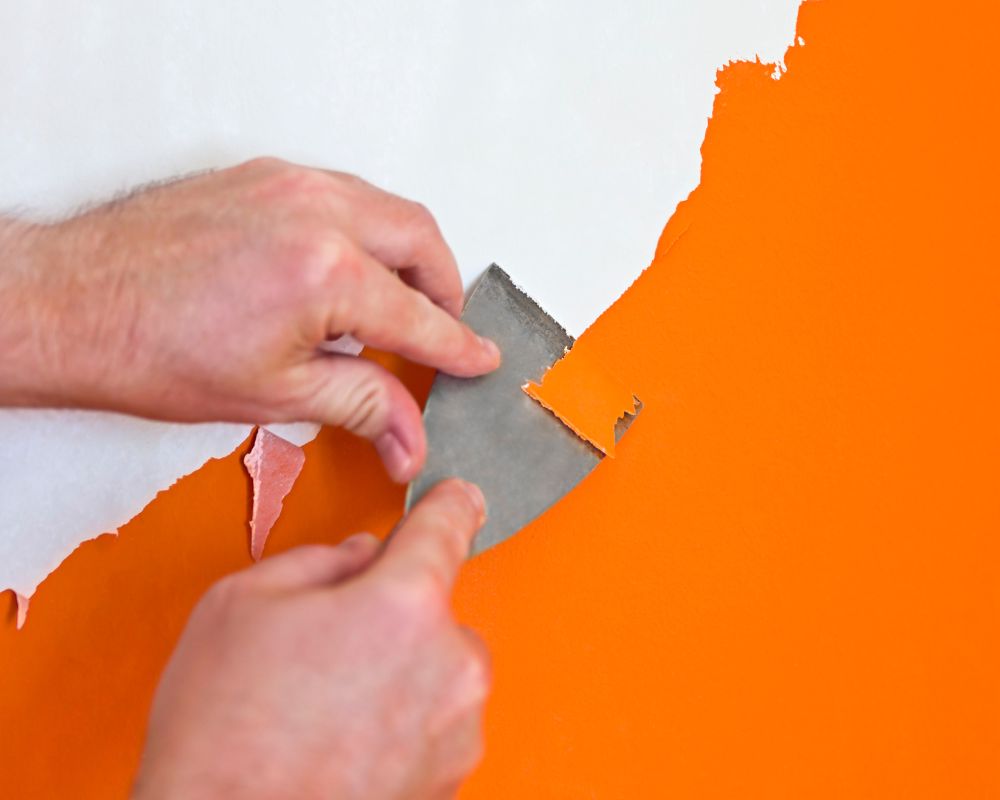
Cost is an important factor to consider when deciding between a heat gun and a chemical paint remover. In this section, we will perform a cost-benefit analysis to help you decide on your paint removal needs.
Initial Purchase Cost and Long-term Investment
A heat gun’s initial purchase cost is generally lower than a chemical paint remover. Heat guns are widely available and come in various prices to suit different budgets. On the other hand, chemical paint removers may require a larger initial investment, especially if you opt for professional-grade products.
However, it’s essential to consider the long-term investment when choosing between the two. Heat guns have a longer lifespan than chemical paint removers, which may need replenishment regularly. Additionally, heat guns have relatively low maintenance requirements, reducing the need for ongoing costs.
Operational Costs: Heat Gun vs Chemical Paint Removal
When comparing the operational costs of heat guns and chemical paint removal, several factors come into play. Heat guns typically consume electricity, so you must consider the energy costs associated with prolonged use. However, the power consumption is generally low compared to other types of equipment.
Chemical paint removers, on the other hand, require the purchase of additional supplies, such as brushes or scrapers, for application and removal. These additional items can increase the cost of chemical paint removers, especially for larger projects.
It’s also worth noting that heat guns have a quicker setup and cleanup process than chemical paint removers, saving you both time and money in the long run.
Speed and Efficiency in Paint Removal: Which Wins?
When selecting a paint removal method, speed and efficiency are crucial factors that can significantly impact your project’s timeline and productivity. This section will closely examine the speed and efficiency of heat guns and chemical paint removers, providing valuable insights to help you make an informed decision.
Time taken to remove paint:
Heat guns are known for their quick and efficient paint removal capabilities. With their high heat output, they can rapidly soften and blister paint, making it easier to scrape off. This allows you to complete the paint removal process relatively quickly, especially when working on smaller surfaces or areas with thinner paint layers.
On the other hand, chemical paint removers typically require more time to dissolve and loosen the paint. The chemicals in these products react with the paint, breaking down its adhesive properties. While this process may take longer than a heat gun, it is often more effective for thick or multiple layers of paint, ensuring a thorough removal.
Effectiveness in achieving a clean surface:
Both heat guns and chemical paint removers have advantages when achieving a clean and smooth surface free from paint residues.
A heat gun’s concentrated heat can effectively remove paint without leaving residue. However, it requires careful control and technique to prevent overheating or damaging the underlying surface. Maintaining a safe distance and continuously moving the heat gun is important to avoid scorching or warping the material beneath the paint.
Chemical paint removers, on the other hand, are designed to penetrate multiple layers of paint, ensuring a thorough removal. These products can reach areas difficult to access with a heat gun, such as intricate designs or textured surfaces. Allowing the chemicals to sit on the paint surface for the recommended time can achieve complete removal without damaging the substrate.
Pros and Cons of Heat Gun and Chemical Paint Remover
When deciding between a heat gun and a chemical paint remover for your paint removal project, it’s crucial to weigh the pros and cons of each method. Here, we will outline the advantages and drawbacks of using a heat gun and chemical paint removers.
– Advantages of Using a Heat Gun
A heat gun offers several advantages when it comes to paint removal. Firstly, it provides precise control, allowing you to target specific areas and remove paint in a controlled manner. This is especially beneficial when working on intricate surfaces or detailed projects.
Furthermore, using a heat gun typically results in minimal mess. Unlike chemical paint removers that require scraping or rinsing, a heat gun can melt the paint, making it easy to scrape it off neat and tidy.
– Drawbacks of Heat Guns
While heat guns have their advantages, it’s also essential to consider their drawbacks. One of the main concerns is the potential for surface damage. Excessive heat or prolonged exposure to heat can cause damage to certain materials, such as wood or delicate surfaces, leading to warping, charring, or discoloration.
Another drawback of using a heat gun is the release of lead fumes. If you’re working with older paint containing lead, the gun’s heat can release toxic fumes into the air. To ensure your safety, it’s crucial to take proper precautions, such as wearing a mask and working in a well-ventilated area.
– Advantages of Chemical Paint Removers
Chemical paint removers also have their own set of advantages. One of the key benefits is their ability to penetrate multiple layers of paint. This makes them particularly effective for removing stubborn or thick layers of paint that may be difficult to tackle with a heat gun alone.
Additionally, chemical paint removers are often more time-efficient compared to heat guns. They require less manual effort and can work on large surface areas simultaneously. This can be especially advantageous when working on larger projects or with extensive paint coatings.
– Drawbacks of Chemical Paint Removal
While chemical paint removers offer efficiency, there are also drawbacks to consider. One of the main concerns is the longer application time. Chemical paint removers typically require a longer period to dissolve the paint layers. This can be a disadvantage if you’re working on a project with time constraints or need to complete the paint removal quickly.
Additionally, the use of chemical paint removers often necessitates proper ventilation. The fumes emitted during removal can be strong and harmful, requiring adequate ventilation to ensure a safe working environment. By considering the advantages and drawbacks of heat guns and chemical paint removers, you can make an informed decision that suits your specific paint removal needs and preferences.
